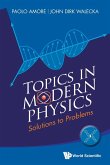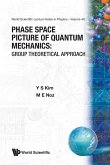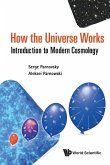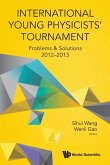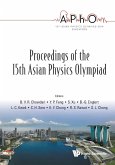A huge chasm has developed between modern science and undergraduate education. The result of this chasm is that students who are graduating from college are unable to exploit the many opportunities offered by modern science and technology. Modern science and technology widely uses the methods of classical physics, but these modern applications are not reflected in the physics problems often suggested to students. Solving practical problems is a very effective way to inform students about contemporary science, to illustrate the important relationships between modern and classical physics, and to prepare them for future activity in the modern technological environment. The aim of this book is to try to bridge this chasm between modern science and technology and an undergraduate course in physics. The first part of the book gives an overview of "hot" directions in modern physics and technology. The second part includes a brief review of undergraduate physics, followed by problems which are related to those directions. These problems, which are based on some of the latest developments in science and technology, can be solved using the classical physics accessible in a standard undergraduate program. Where necessary, the problems have detailed solutions. The second edition of Modern Physics and Technology for Undergraduates includes six new subsections dealing with the most recent developments in science, and a fully updated and expanded list of problems.



